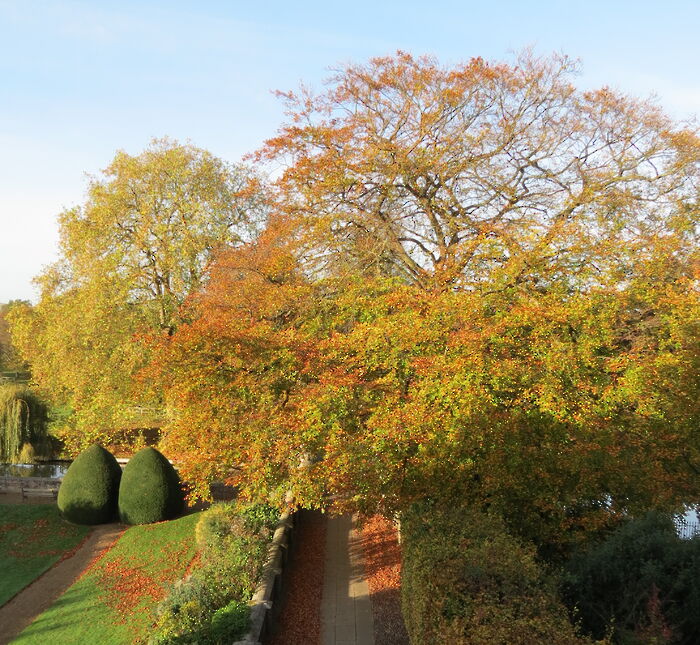Punting with bats
The Cam takes an Amazonian twist on a bat punt safari
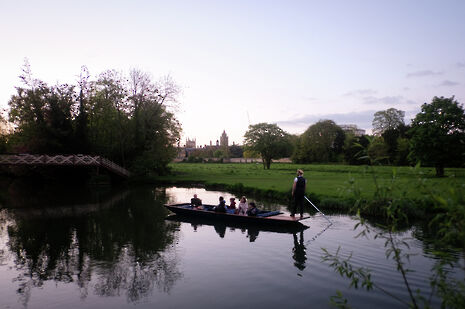
I’m going to be frank here: I’m very afraid of bats, and, for me, they fall into the ‘freaks of nature’ rather than ‘fascinating diversity’ category. I’m not a fan of mice nor flying things, and the situation isn’t exactly helped by the knowledge that bats are not rodents and that their wings are actually hands with benefits – finger bones with elongated membranes inbetween. Yet, on a particularly beautiful and warm Friday night, I find myself on a punt, ready to be chaffeured down the Cam on a press taster session of the Wildlife Trust’s bat safari.
No bats, no tequila shots
There is something disconcertingly Agatha Christiesque about the scene as the punt sets off from Mill Pond buzzing with teenagers, students, and tourists, into the dusk towards Grantchester. Our bat guide, Iain, is sat at the front of the punt, resembling an Amazonian explorer in his shorts and boots; his audience consists of three representatives from the Wildlife Trust, our punter Sam from Scudamores, a journalist and photographer from The Guardian, and, well, a journalist and photographer from Varsity. I can’t help but wonder how Hercule Poirot would solve ‘Death on the Cam’.
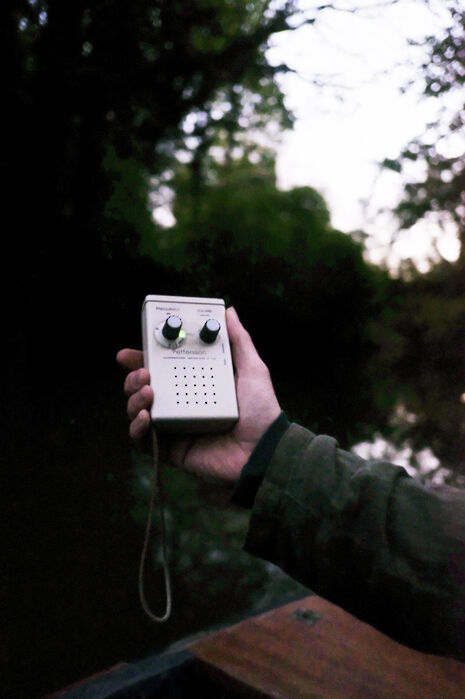
Iain starts with mapping what we know about bats. “Don’t they have some kind of a lethal disease that you can catch from their droppings?” I volunteer, hoping that my fears will be dismissed as an urban legend. Instead, Iain mentions “something similar to rabies.” Great.
But he has promised us the “best bat experience in UK”, so I resist the urge to leap overboard and make a run for it. It turns out that it’s not an empty marketing claim, either: the Cam is the best habitat for bats in Cambridgeshire, as the river, vegetation, and grazing cows with consequent dung attract plenty of insects, that is, plenty of bat feed.
Bats, in turn, are a marker of a healthy environment. We’re equipped with bat detectors – the snazzily named ‘Magenta Bat4 Precision’ – which detect the bats’ echolation and translate it into a frequency audible to the human ear. We’re spinning around in the punt for the optimal shot for our photographers (try looking candid for national press while waiting for the first signs of rabies to kick in), when the first pip comes through, and soon our detectors are buzzing with activity. Among the clouds of insects, little black creatures are darting across the river. Clearly, the Cam is in prime health.
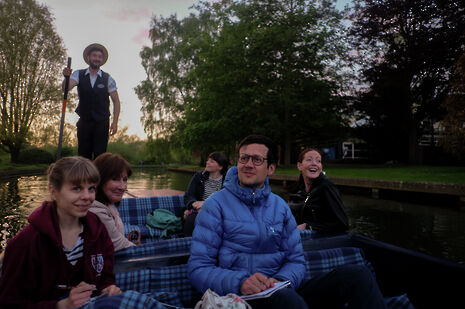
As we make our way down the river, Iain does not cease to amaze us with bat facts. Turns out they’re quite the endurance athletes: they can fly up to 10 kilometeres for feed, live for 20 years on average, with the oldest specimen on record hitting 40 and have the biggest heart in mammals of their size. They’re useful to humans, too, even if not in the cute and cuddly way. Farms in the US have reduced the amount of pesticides they use by providing bat boxes, attracting thousands of hungry bats to eat up insects. What guarantees definite audience excitement, though, is the fact that agave is pollinated by bats, and as tequila comes from agave, the conclusion is simple: no bats, no tequila shots.
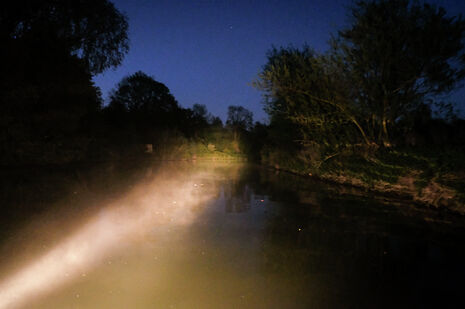
It’s not all about bats though: the safari offers a whole new perspective on the Cam. When night falls, we’re left in a pitch black river, with only a torch to give Sam enough light to avoid the branches scraping the punt. It’s more Indiana Jones than Brideshead Revisited: a sparrow hawk flies by, a fox runs past in the distance, and the light from the torch reveals moorhens roosting in trees. The Cam also has its own Bermuda Triangle, going by ‘Dead Man’s Corner’. As only inches of Sam’s pole are left above surface, I can see where the name comes from, and wonder whether rabies would be a kinder way to go than drowning.
As we dock back at Scudamore’s, some of Iain’s enthusiasm for bats has caught on. In many ways they’re the opposite of us: we operate by day, they roam at night (okay, Cindies doesn’t count); we’re grounded, they’re air-bound. Perhaps this is why there is still so much to be learned about them – a new species was discovered in the UK only 10 years ago. It’s not just about human curiosity, either: the number of bats has drastically declined over the past 50 or 60 years, but better knowledge of them is helping nature conservation, and through that, populations to recover.
Apparently, safari-goers will often lie down in the punt, watching bats fly over them. I don’t quite relax into it, but next time round I might just manage a bit more of Bat-watch and chill.
 News / SU reluctantly registers controversial women’s soc18 December 2025
News / SU reluctantly registers controversial women’s soc18 December 2025 News / CUP announces funding scheme for under-represented academics19 December 2025
News / CUP announces funding scheme for under-represented academics19 December 2025 Features / Should I stay or should I go? Cambridge students and alumni reflect on how their memories stay with them15 December 2025
Features / Should I stay or should I go? Cambridge students and alumni reflect on how their memories stay with them15 December 2025 Fashion / The art of the formal outfit 18 December 2025
Fashion / The art of the formal outfit 18 December 2025 News / Dons warn PM about Vet School closure16 December 2025
News / Dons warn PM about Vet School closure16 December 2025

